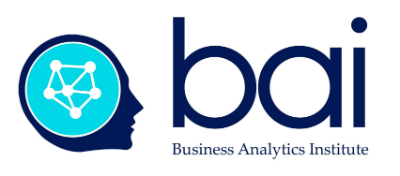SYLLABUS - BUSINESS ANALYTICS
Business analytics is application of knowledge, skills, and methods for using data, statistical analysis, quantitative approaches, and predictive modeling to enable data-driven decision making, innovation, and leadership in organizations.

Business analytics provides benefits throughout the major functional areas of an organization. Business analytics is defined as the study, integration, and application of knowledge, skills, and methods for using data, statistical analysis, quantitative approaches, and predictive modeling to enable data-driven decision making, innovation, and leadership in organizations. Business analytics enables “Big Data” initiatives. This course teaches students how to use SAS data analytics in defining, contextualizing, and evaluating business strategies.
Course Hours : 15 or 30 hours - Teaching Language : English or French
- Learning Goals
This course is designed to develop fundamental knowledge and skills for applying statistics to business decision making. Business analytics can be defined as the extensive use of data, statistical analysis, exploratory and predictive models, and fact-based management to drive decisions and actions. Course topics are organized around practical case studies of business analytics in a wide variety of industries. Course methods include descriptive statistics, probability distributions, sampling, confidence intervals, hypothesis testing and the use of SAS computer software for statistical applications.
- Learning Outcomes
On successful completion of the course, the students shall be able to analyze:
- Organize and aggregate data using appropriate descriptive statistics.
- Understand the concept of probability and be able to calculate probabilities required in order to perform statistical inferences.
- Use discrete and continuous random variables and their corresponding distributions to calculate probabilities.
- Apply the concept of a sampling distribution and primary sample statistics and their distribution
- Given a research question, formulate appropriate hypotheses, choose test statistics, describe the evaluation criteria, and draw an appropriate business conclusion
- Concepts and theories to which students are exposed during the course
|
|
